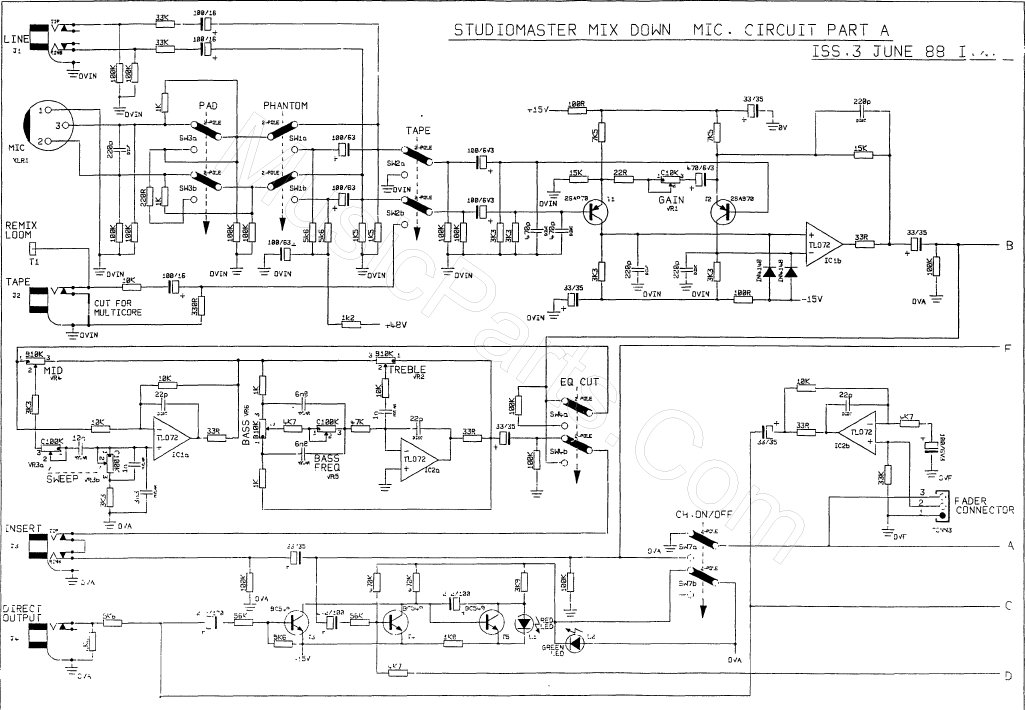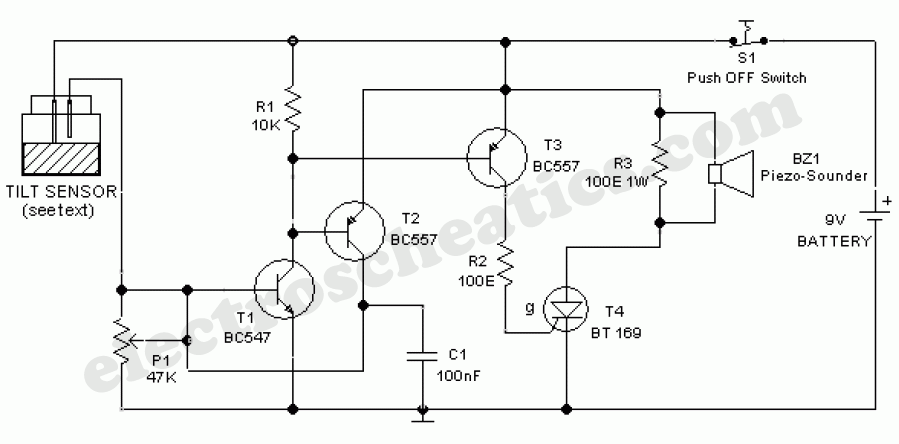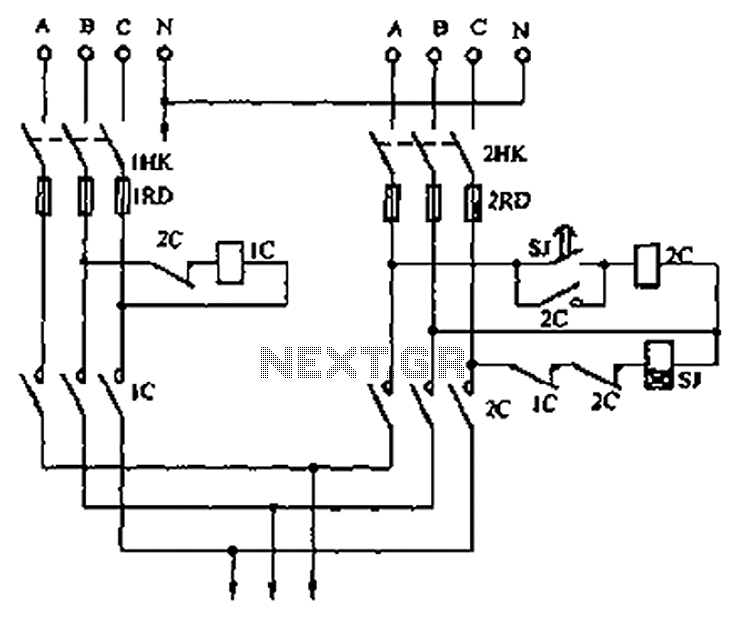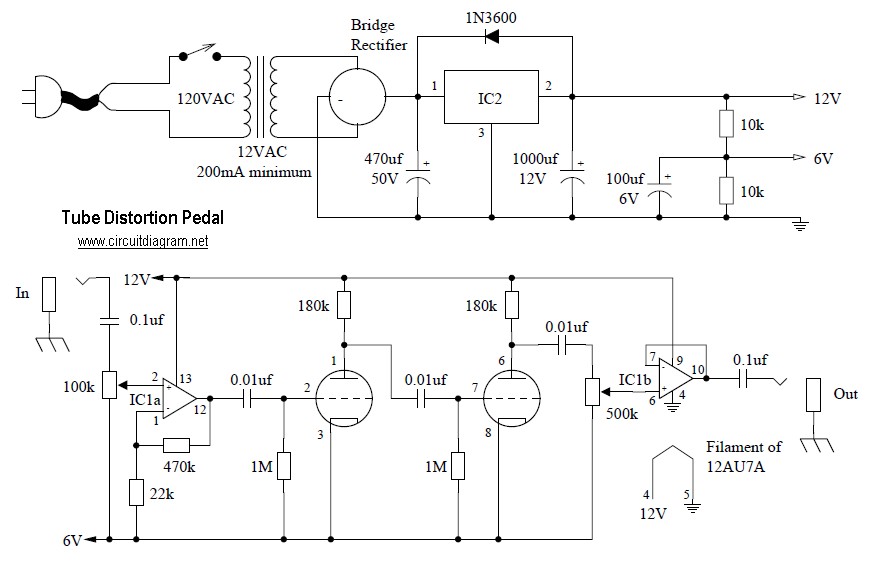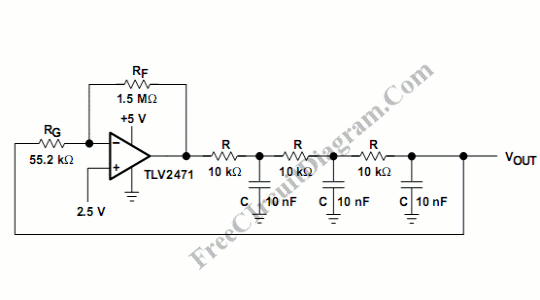
Help with crystal radio circuit
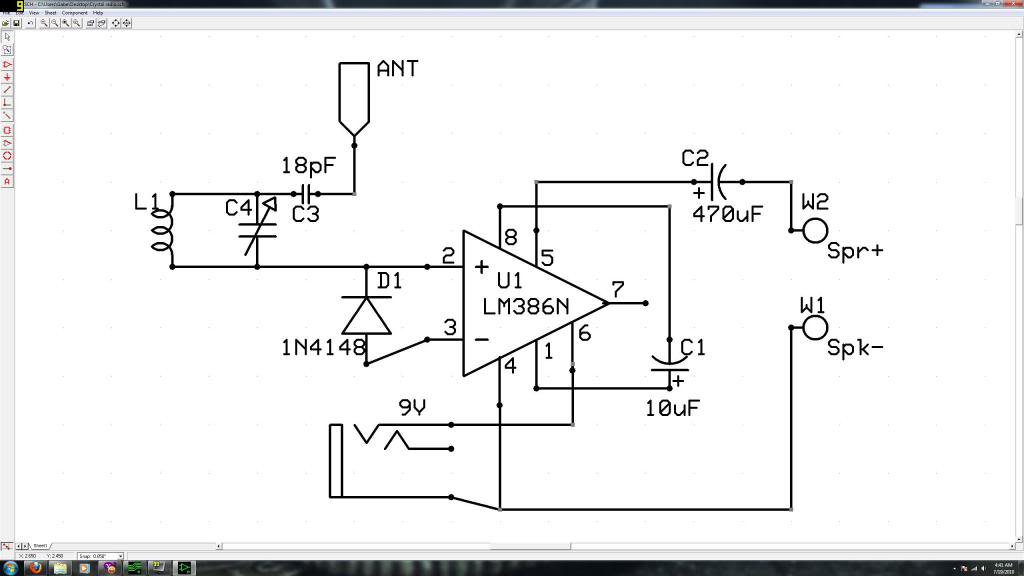
Initially, the individual has limited experience in electronics. They constructed a crystal radio circuit using components salvaged from a non-functional radio, including an LM386N audio amplifier.
A crystal radio circuit is a simple radio receiver that operates without the need for an external power source. It utilizes the principle of crystal detection, where a diode rectifies the radio frequency (RF) signal, allowing audio signals to be extracted. The circuit typically consists of an antenna, a tuning circuit, a crystal detector, and an audio output stage.
In this specific setup, the LM386N audio amplifier serves as the output stage, amplifying the audio signal derived from the crystal detector. The LM386N is a low-voltage audio power amplifier capable of delivering up to 1 watt of output power, making it suitable for driving small speakers or headphones.
The crystal radio circuit can be further detailed as follows:
1. **Antenna**: The antenna captures RF signals from the air. A longer wire generally improves reception. It is connected to the tuning circuit.
2. **Tuning Circuit**: This circuit typically comprises an inductor and a variable capacitor. The inductor is often a coil wound around a ferrite core, while the variable capacitor allows the user to tune into different radio stations by adjusting the resonant frequency of the circuit.
3. **Crystal Detector**: The detector is usually a germanium diode or a similar semiconductor device that rectifies the RF signal, allowing only the audio component to pass through. This is where the audio signal is extracted from the modulated carrier wave.
4. **Audio Amplifier (LM386N)**: The output from the crystal detector is fed into the LM386N. The amplifier is configured with a gain setting, which can be adjusted by placing a resistor and capacitor between its gain pins. This configuration allows for optimal amplification of the audio signal.
5. **Output Stage**: The amplified audio signal can be connected to a small speaker or headphones. Capacitive coupling may be used to block any DC component from the audio signal, ensuring that only the AC audio signal is delivered to the output device.
This crystal radio circuit exemplifies a fundamental application of basic electronic components and principles, demonstrating the ability to receive and amplify radio signals using minimal resources.Ok first of all I am sort of a complete noob I made a `crystal` radio circuit from parts i got out of an old busted radio, a LM386N audio amplifier .. 🔗 External reference
A crystal radio circuit is a simple radio receiver that operates without the need for an external power source. It utilizes the principle of crystal detection, where a diode rectifies the radio frequency (RF) signal, allowing audio signals to be extracted. The circuit typically consists of an antenna, a tuning circuit, a crystal detector, and an audio output stage.
In this specific setup, the LM386N audio amplifier serves as the output stage, amplifying the audio signal derived from the crystal detector. The LM386N is a low-voltage audio power amplifier capable of delivering up to 1 watt of output power, making it suitable for driving small speakers or headphones.
The crystal radio circuit can be further detailed as follows:
1. **Antenna**: The antenna captures RF signals from the air. A longer wire generally improves reception. It is connected to the tuning circuit.
2. **Tuning Circuit**: This circuit typically comprises an inductor and a variable capacitor. The inductor is often a coil wound around a ferrite core, while the variable capacitor allows the user to tune into different radio stations by adjusting the resonant frequency of the circuit.
3. **Crystal Detector**: The detector is usually a germanium diode or a similar semiconductor device that rectifies the RF signal, allowing only the audio component to pass through. This is where the audio signal is extracted from the modulated carrier wave.
4. **Audio Amplifier (LM386N)**: The output from the crystal detector is fed into the LM386N. The amplifier is configured with a gain setting, which can be adjusted by placing a resistor and capacitor between its gain pins. This configuration allows for optimal amplification of the audio signal.
5. **Output Stage**: The amplified audio signal can be connected to a small speaker or headphones. Capacitive coupling may be used to block any DC component from the audio signal, ensuring that only the AC audio signal is delivered to the output device.
This crystal radio circuit exemplifies a fundamental application of basic electronic components and principles, demonstrating the ability to receive and amplify radio signals using minimal resources.Ok first of all I am sort of a complete noob I made a `crystal` radio circuit from parts i got out of an old busted radio, a LM386N audio amplifier .. 🔗 External reference
